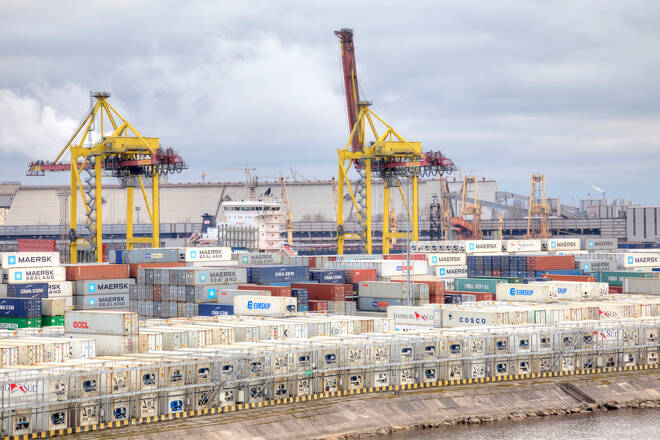Advertisement
Advertisement
China Manufacturing Sector Contracts on Weak Domestic Demand
By:
In April, the China manufacturing sector contracted. However, falling input and output prices and increasing optimism were positives.
It was a busier morning on the Asian economic calendar. While investors considered stats from New Zealand and Australia from earlier in the session, economic indicators from China proved influential. The China manufacturing sector was in focus this morning.
The Caixin Manufacturing PMI fell from 50.0 to 49.5 in April versus a forecasted 50.3. A modest contraction was palatable following the NBS private sector PMI numbers.
According to the April Survey,
- Firms reported a modest increase in output, while a fall in new orders weighed.
- New orders fell for the first time in three months, with weak consumer spending contributing to the decline.
- Significantly, domestic demand was softer.
- Manufacturers responded to lackluster demand, with some firms cutting headcount to reduce costs.
- Average input costs fell at the sharpest rate since January 2016, resulting in a more marked fall in selling prices. Selling prices fell at the fastest rate since December 2015.
- Notably, input prices fell for the first time in seven months.
- Despite the renewed fall in new orders, firms were optimistic about the 12 months ahead. The degree of optimism was the second strongest in two years.
The markets will likely applaud reports of falling input and output prices and steady overseas demand. However, weak domestic demand will be a concern for manufacturers reliant on demand from China.
AUD/USD Reaction to the China Caixin Manufacturing PMI
Before the China PMI, the AUD/USD rose to a pre-stat high of $0.66729 before falling to a low of $0.66403.
However, the AUD/USD responded to the Caixin Manufacturing PMI survey, rising from a post-stat low of $0.66484 to a high of $0.66747.
This morning, the AUD/USD was up 0.08% to $0.66753.
Up Next
Euro area private sector PMIs will influence market risk sentiment in the mid-morning session. However, the ECB monetary policy decision and press conference will likely have more impact on the markets.
US economic indicators will influence the afternoon. US jobless claims, unit labor costs, and nonfarm productivity will be in focus. Weak labor market numbers would fuel bets on an end to the Fed monetary policy tightening cycle.
According to the CME FedWatch Tool, the probability of a 25-basis point June interest rate hike rose from 0% to 17.7% on Wednesday.
US corporate earnings, the banking sector, and US Government debt ceiling-related news will also move the dial. Big names on the US earnings calendar include Apple (AAPL), ConocoPhillips (COP), Shopify Inc. (SHOP), and Moderna (MRNA)
About the Author
Bob Masonauthor
With over 28 years of experience in the financial industry, Bob has worked with various global rating agencies and multinational banks. Currently he is covering currencies, commodities, alternative asset classes and global equities, focusing mostly on European and Asian markets.
Advertisement
